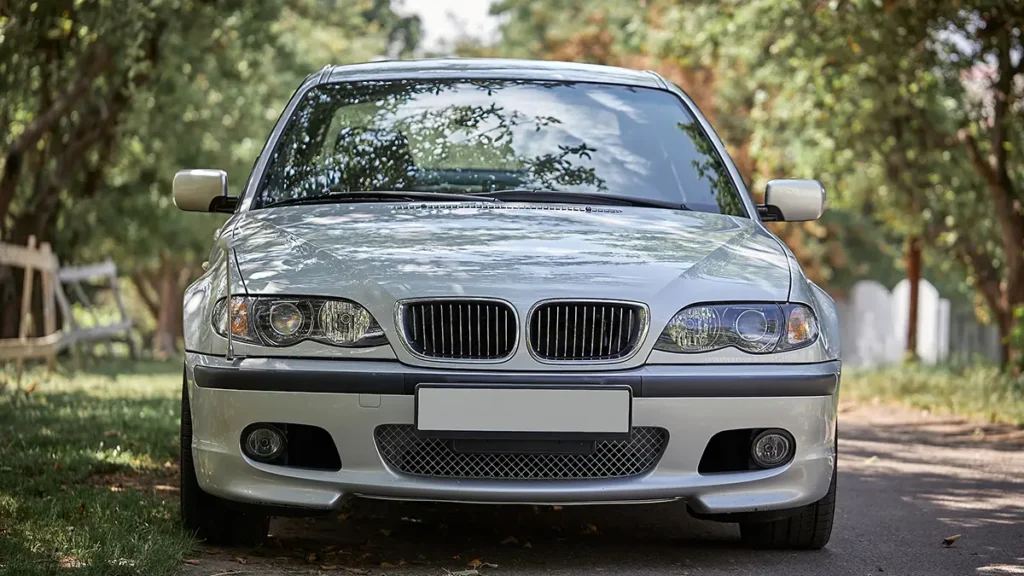Explore the revolutionary evolution of the radiator grill – a fulcrum of functionality that showcases an ever-growing trend of dynamic design.
Over the past decade, the automotive world has witnessed a paradigm shift, transitioning from a fascination with sleek lines, supercharged engines and the marvels of electric vehicle (EV) technology to a newfound respect for an often-overlooked component: the radiator grill.
This once humble and functional piece of hardware has evolved into a standout element of automotive design, reflecting a car’s character and, with it, a brand’s identity through its intricate grilles.
The Function Of The Radiator Grill
Firstly, the basics – a radiator grill plays a crucial role in vehicle design and functionality. Primarily, it allows air to flow into the engine bay, helping to cool components and prevent overheating, a function mirrored by radiator cover grilles in homes. This functionality is pivotal for maintaining optimal performance, especially in high-power engines.
However, beyond its practical purpose, the radiator grill has become a key aesthetic feature. It serves as the ‘face’ of the vehicle, offering the first impression and often dictating the overall design language of the car. Manufacturers have come to realise that a grill can be more than just a functional necessity; it’s a statement of style and identity.
How Audi Changed Our Perception
Audi, a pioneer in redefining the radiator grill, turned the radiator into a functional fashion statement. The introduction of their single-frame bumper-breaking grill in 2004 was a bold move that set new design standards.
This transformed the grill into a dominant front-end feature, instantly recognisable and synonymous with the Audi brand. It emphasised that a grill could be both a visual centrepiece and a functional part of the car, leading the way for others in the industry to follow suit.
Does Size Matter?
The question of the optimal size for a radiator grill is intriguing. Conventional wisdom suggests that the larger the grill, the better the cooling, but this isn’t necessarily true. The size needs to balance aesthetics with purpose.
It must be considerable enough to allow adequate air flow, but not so much that it becomes an aerodynamic liability or overbearing visual element.

Radiator Grills On Steroids
And yet, in the pursuit of bold statements, some manufacturers have taken designs to the extreme, creating what can only be described as grills on steroids, often covering a significant portion of the car’s front and impossible to ignore.
They represent a move towards aggressive, in-your-face styling that some consumers love, yet others find excessive. These exaggerated grills are often found in high-end luxury cars and sports models, underlining the power and prestige of the vehicles.
Grilling Greats
Among the plethora of radiator grills in the automotive world, some stand out as icons. The BMW kidney grill, the Lexus spindle grill and the aforementioned Audi single-frame grill (plus its more angular successor that arrived in the mid-Noughties) are a few examples.
These have only stood the test of time, celebrated for their unique design and seamless integration with the vehicle’s overall aesthetic.
The Future
Looking forward, the evolution of the radiator grill is intertwined with the advancement of automotive technology, especially with the rise of EVs, ushering in new styles of perforate grill designs As electric cars don’t require as much air flow for cooling, the traditional function of the grill is being reimagined.
This shift opens up new design possibilities, more about identity and less about utility. Concepts like light-up grills and interactive displays are already being explored, suggesting that the future of the radiator grill is as bright and innovative as the rest of the automotive industry.
Once a humble necessity, the radiator grill has evolved into a key element of automotive design and brand identity. From Audi’s trendsetting designs to the functional yet fashionable designs of today, it’s clear that these components will continue to play a significant role in the years to come.









